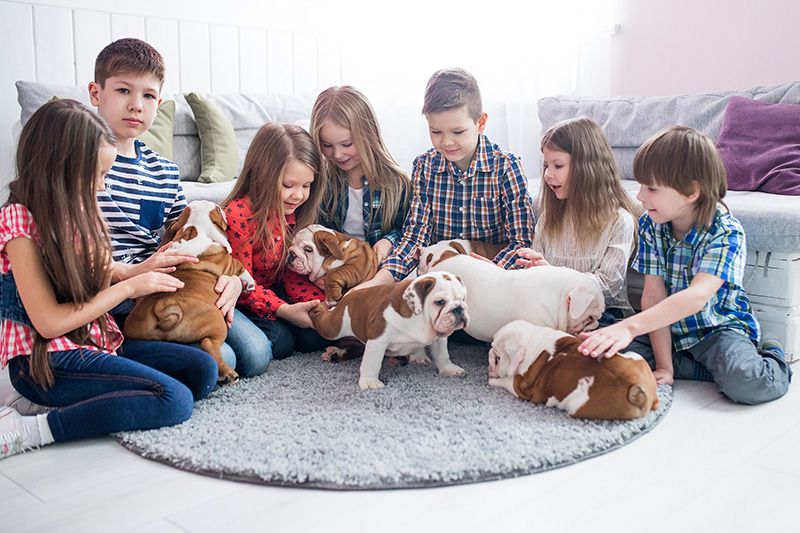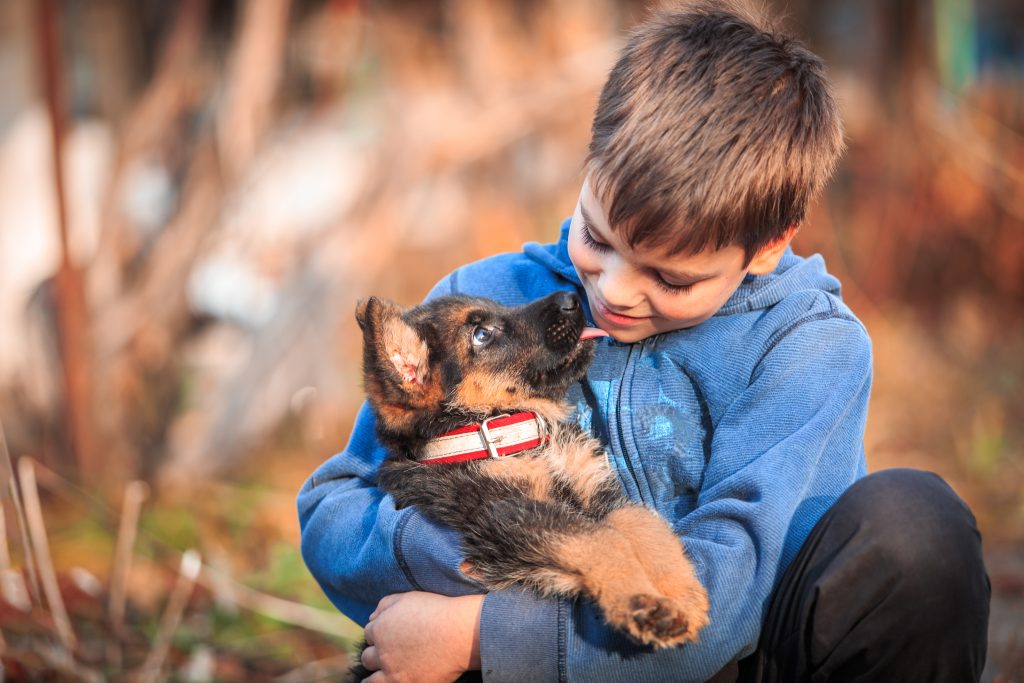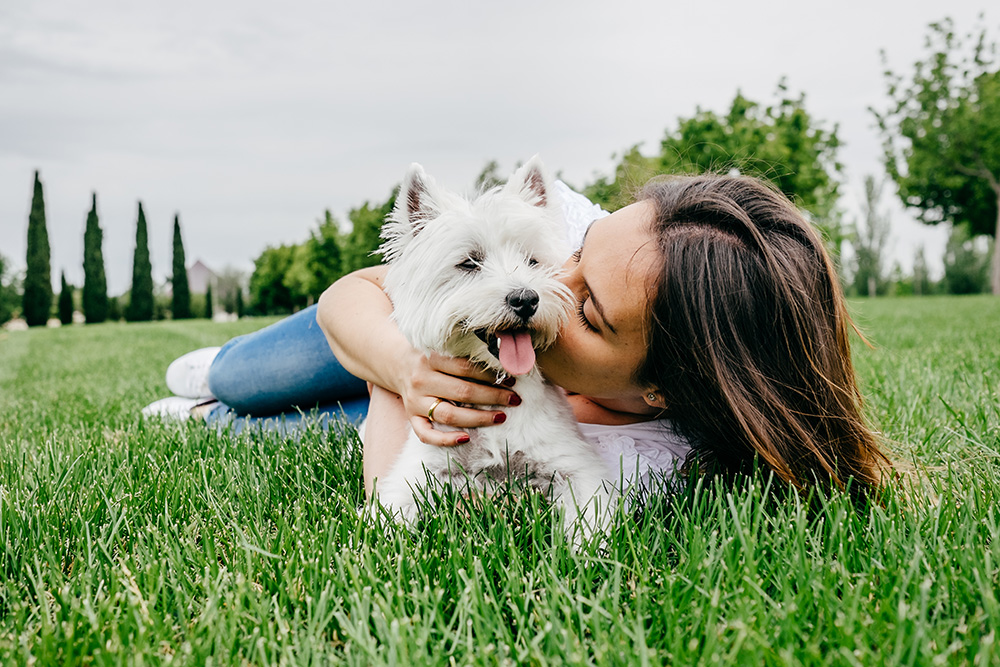To Know Them is to Love Them
By Guest Author Susanne Shelton
With an Introduction By Jessica Freni
Stock Photos
Introduction: Thank you to Susanne, Austerlitz German Shepherds, for sharing her thoughtful and thought provoking piece for this special breeder focused issue of ADF. Too often we are focused on our show community and show successes, but our primary responsibility to breed preservation, education and stewardship are crucial. The conformation show community and performance/ working communities can learn from each other and are allies in the preservation of our wonderful purebred, purposeful dogs!- Jessica Freni
This is for my many breeder friends and students.
I’m often asked how I got into the German Shepherd breed and the answer is a simple one. I was able to be around some German Shepherds and I fell in love with the breed this way, by meeting examples of the breed in person.
I would not have been able to do that, fall in love with this breed, if I had not been able to meet and spend time around examples of the breed in person. I could not have become a breeder if I had faced some of the anti breeding breeders that seem to be the norm today.
Unfortunately in the decades since I met those first GSDs and breeders our dog communities have continued to unknowingly internalize the idea that breeding dogs is wrong and bad, unless justified by “improvement” to the breed, or “suffering” (ie financial loss and hardship) by the breeder and this is causing far reaching damage to our breeds.
You can’t blame breeders, we have been bombarded from all sides with anti breeder, anti purebred dog, messages! This is where the whole idea it’s “just a pet” as an insult began. Even today, though the message changed from “there are too many dogs, it’s irresponsible to make more” in the face of continuing shortages of companion dogs to the newer model “purebred dog breeders do not care about making good pets” and it’s sister “purebred dogs are relics of the past unsuitable for modern life” these anti breeder and anti purebred dog messages continue to be thrown at breeders who dare raise their heads, and we continue to internalize these messages, and accept them.
If anyone has been paying attention several things are clear at this time.
- Purebred dogs are becoming so uncommon that many people will never “fall in love” with a breed because they have the opportunity to be around that breed, and this leads to a cycle of disinterest in breeds. Last year I did group classes, before the pandemic, 90% of the dogs in my pet dog classes were either mix breed rescues or designer mixes. Purebred dogs were the exception. While this is less of a problem for breeds like the GSD with large populations, lack of first hand experience is a big problem for breeds with smaller populations. If we don’t rectify this as breeders the public will cease to appreciate our breeds and the trend towards purchasing designer mixes, sport mixes and the newer concept of shelters/breeders breeding generic mixes as companion dogs will continue to be the dog that pet dog people are putting hands on. There is zero reason for this! Purebred dog breeders need to produce more companion dogs and put those dogs where the public can learn to appreciate how amazing they are.
- Purebred dog breeders have accepted and internalized that breeding dogs is bad (see above) unless we are “improving” the breed in structure or sport traits. This had led many breeders and judges down the path of extreme breeding as breeders constantly seek to make traits that are “more” and will appeal to judges. We have got to stop doing this, and I don’t care if it’s in the name of structural or behavioral traits. If we accept that breeding good dogs is good, and that breeds can be stabilized and will no longer benefit from “more” of a particular trait, then we trash this idea that we are breeding to “better the breed” when in fact we are fad breeding to please judges who may not own our breed, or whose real love is sport and not dogs at all. Improve things that are truly faulty, but stop chasing fads. Remember, those same “watchdogs” that told us we should only breed to “improve” breeds are now saying that purebred dogs have been ruined by extreme breeding and that we don’t care about even the most basic welfare of our dogs. Stop internalizing and acting on anti breeding messages.
- Breeding good pets requires understanding and valuing pet dog owners. Breeders need to accept that for some breeds/lines being a good pet is not valued and breeders MUST stop selling these puppies into companion dog homes. If you are breeding “just for working” in this breed you just can’t continue selling most of your puppies to pet dog homes because they cannot cope with this level of challenge. We need to start valuing companion dog breeders as the backbone that keeps breeds viable, this means we need to start evaluating dogs FIRST for companion dog friendly traits, Second for breed specific traits. Again, if this makes you “scream in long bite” then breed working dogs, just stop selling all those puppies you can’t find working homes for into pet homes! And yes, that is going to mean you won’t be able to sell most of your puppies, so suck that up and either change your program or find more working homes/contracts for your dogs. It’s time to stop glorifying sport and show dog breeding as the most important breeding. That has led us to near extinction for many breeds, shrinking gene pools, out of contact breed cultures, division in breeds, and ever more extreme traits. Start respecting and valuing those who can predictably breed dogs with pet friendly traits.
- Breeders across the board, if you are selling most of your puppies into public facing homes be sure you are breeding for companion dog friendly behavioral traits. If you don’t know how to do that, LEARN how. It’s not easy, but if we can radically change our breeds outward appearance, and radically change it’s behavior and structure to suit fads of judging for show and sport we can darn well apply selection pressure for pet friendly traits too. No, it’s not easy, and we need to be clear about that and stop accepting the narrative from those who DO NOT BREED DOGS that this work is easy. It takes breeder skills that we have lost, and are loosing, as we have run more and more breeders out of breeding and stopped passing on this practical knowledge to each other freely because the anti breeder beliefs have infected our community and taught us to judge, distrust, and vilify each other. Stop considering those who have never breed dogs as experts in breeding dogs, value and respect each other instead.
- Stop marketing to your peers and start marketing to your typical puppy buyer. We only feed the false narrative that breed fanciers do not care about producing pet friendly dogs when we only showcase show and working accomplishments. I know why we do this, because we have been bombarded with people yelling at us that breeding pets is wrong and breeding to “improve the breed” is the only justification. But ya know what? Those same folks that convinced us that producing pets was bad are now accusing us of NOT caring about producing pet dogs at all. Stop listening to anti breeder/ anti purebred dog rhetoric, even if it seems to come from people you admire.

- Get good pets in front of the public, breed enough good pets to meet the demand. We have been taught to be proud of how our breeders never breed dogs, how long our wait lists are, how hard we make people work to get dogs from us, how ridiculous our contracts are as part of the “breeding is bad” narrative, and now remember, those very people accuse us of being elitist, of not producing enough dogs because we don’t care about placing dogs as pets. If you’re producing good pets, make more of them, advertise them (don’t know how? Ask a doodle breeder to help you) as the great pets they are, don’t use show win photos and talk in letters like WD BOS BOV BOB BIS HIT and use words your puppy seekers will understand. Being a good companion dog is hard, be proud of that work and those dogs. Be sure you are speaking to the average pet dog seeker, bring them into your breed, through kindness, respect, and acceptance.
- Start being MUCH more accessible. You don’t have to spend all day on the phone to impact people in the days of social media. We need to follow each other, amplify each other, and speak to the average dog owner as often as we speak to each other. For every win photo you post, post something the average person will care about, your dogs and you eating lunch at a cafe, or at the park, or what it’s like to groom them, or feed them, and whatnot. Don’t use your public voice to trash other breeders, use it to amplify breeders who are doing good work. Remain approachable!
- Open up your darn breed clubs! This idea that you need to get a sponsor to join a breed club is stupid if we want to grow our base of breed fanciers. It should be easy to join the parent club! Our clubs should be fun to belong to and promote content that will bring more people into our breed and not be designed to keep people out.
- Open up events and make more that are pet dog friendly. Seriously, our entire breed show system need an overhaul, because it’s NOT WORKING, unless it’s goal was to decrease participation and enjoyment of our breeds. Cultivate a culture that is open and welcoming, weed out toxic personalities and practices, that give the impression that breed lovers are mean, petty, and unpleasant people. We are killing our breeds with this nonsense.
- Start investing in teaching breeders how to breed dogs again. We have marginalized some of our most experienced and skilled breeders because they “breed to much” or “breed mutts” and we are rapidly approaching a point where a breeder who has bred 100 litters is unheard of, this means that inexperienced breeders are now expected to know as much as skilled experienced breeders. We expect basically novice breeders to do really hard work, breeding behaviorally and physically healthy dogs consistently. It’s not fair and once some of these skills are lost, they are lost, just like a breed that looses all it’s breeding dogs. We have allowed the anti breeding thinking to convince us that we are all enemies, that our job is to attack and judge other breeders, to breed as little as possible while breeding only perfect and outstanding dogs. This is impossible, stop pretending it is possible. To be good at something a person needs practice, a breeder who is afraid to breed cannot learn and breeders who do not trust each other learn less.
It’s time, time for breeders of all breeds to internalize that our breeds are amazing, that our work as breeders has great value, that other breeders are not the enemy, that selecting for pet friendly traits a a priority is vital, that companion dogs and their owners are a valued part of our community, and leave the toxic beliefs of the past behind us.
About the guest author:
Susanne’s love for the German Shepherd Dog began formerly in 1991 when her first GSD Quinta v Westfork toddled off a plane and into her heart. Her devotion to the breed has never waned and in the past 30 years she has bred 65 litters and placed over 100 titles on her home bred dogs, from show ratings at the club and regional level, to obedience, tracking, and Schutzhund titles, and breed surveys. Her homebreds have also ranked and/or competed nationally in obedience, agility, and Schutzhund.
Susanne is a Certified Professional Dog Trainer and her Clickety Split Dog Training helps pet owners with manners in person and through her online courses, Poop School, Crate School: Confident Crating, and Sibling School: Raising Spectacular Siblings.
Susanne also teaches breeders core breeder skills through her e learning courses Poop School: Litter Box Training for Breeders and Fosters, and Crate School: Crate Conditioning for Breeders and Fosters.
Susanne is a firm believer in achieving change through example and education and her SM groups such as Pandemic Puppy Raising Support Group, offer free, curated, and professionally designed content for the average companion dog owner.


